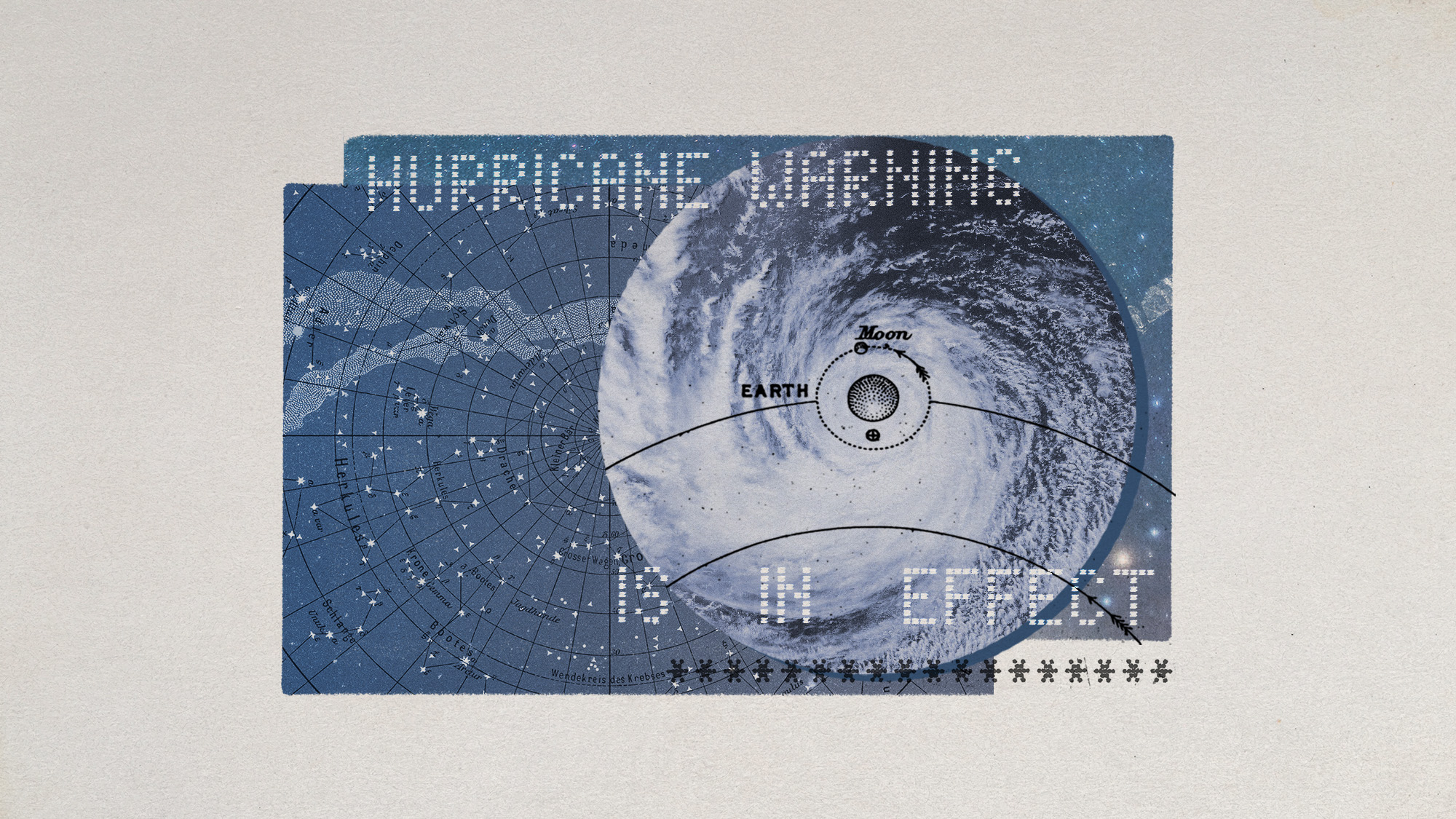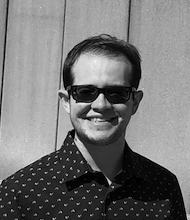How NASA is planning to get humans to Mars
The upcoming Artemis II mission is the first step in a long mission


In 2023, NASA announced the crew of its upcoming Artemis II mission, which will be the first manned trip to the moon since 1972. The mission is expected to launch no earlier than September 2025, and will be the second flight of NASA's Space Launch System (SLS). It has several goals, one of them being to take the first step toward the agency's ultimate goal: getting humans to Mars. However, there are still numerous hurdles involved, and it remains unclear when we might see people walking on the Red Planet.
How will NASA get to Mars?
The journey will start with the Artemis program, which has the goal of establishing the first long-term human outpost on the moon. From there, NASA "will use what we learn on and around the moon to take the next giant leap: sending the first astronauts to Mars," the agency said in a mission plan.
In 2022, NASA unveiled a rough outline for its first crewed Mars mission, identifying "50 points falling under four overarching categories of exploration, including transportation and habitation; moon and Mars infrastructure; operations; and science." These objectives "will inform our exploration plans at the moon and Mars for the next 20 years," said NASA Deputy Administrator Pam Melroy.
The Week
Escape your echo chamber. Get the facts behind the news, plus analysis from multiple perspectives.

Sign up for The Week's Free Newsletters
From our morning news briefing to a weekly Good News Newsletter, get the best of The Week delivered directly to your inbox.
From our morning news briefing to a weekly Good News Newsletter, get the best of The Week delivered directly to your inbox.
Many of these objectives involve aspects of sustaining long-term life on Mars. This includes the development of a "transportation system that can deliver large surface elements from Earth to the Martian surface," like human habitats. Beyond this, NASA must figure out a way to develop and build "entry, descent, and landing (EDL) systems capable of delivering crew and large cargo to the Martian surface." They must also create enough power for an initial crewed Mars mission.
There is still a lot of work to be done, as making a human trip to Mars "will be challenging," Space.com said. The distance itself will play a major factor. Earth and Mars are an average of 140 million miles away from each other, and it would take about 500 days round-trip to get between the two planets. A lack of gravity would also pose a significant problem, so crews may have to live in a pressurized cabin during the mission to help acclimatize to the change.
The initial mission would be made by four people, with two making the journey to the Martian surface. But since you can't live on a desolate planet by yourself, NASA estimates the crew would need at least 25 tons of supplies awaiting them on Mars, which will have been delivered by a prior rover mission. And for any extended missions, the sun's rays must also be considered; while Earth's magnetic field helps shield humans from radiation, Mars has no such protection, meaning that "astronauts will need special habitats, suits, and machines that will protect them from radiation, which otherwise could cause cancer," said the American Chemical Society.
How will Artemis II help accomplish this goal?
The mission is set to launch in September 2025 after initially being delayed from 2024. It will be the first crewed flight of the Orion spacecraft, the vessel that has been tapped to send humans to Mars. Both the Orion and the Space Launch System (SLS) associated with it "are critical to NASA's exploration plans at the moon and beyond," NASA said.
A free daily email with the biggest news stories of the day – and the best features from TheWeek.com
The Orion capsule is specifically designed to keep humans alive during months-long missions, and "will be equipped with advanced environmental control and life support systems designed for the demands of a deep space mission," said NASA. The first step in proving that these systems are viable will be a successful Artemis II mission, which will go beyond the moon and "potentially further than any human has traveled in history," CNN said.
The upcoming mission is only a flyby, and while humans will not land on the moon until Artemis III, operating on the lunar surface requires "systems that can reliably operate far from home, support the needs of human life, and still be light enough to launch," NASA said. This means that "exploration of the moon and Mars is intertwined," with the moon providing a platform to test "tools, instruments, and equipment that could be used on Mars."
When does NASA plan to go to Mars?
That could depend on how fast things develop. In 2017, then-President Donald Trump signed an order directing NASA to send humans to Mars by 2033, and former President Barack Obama had set a similar goal of a mission in the 2030s, CNET said.
NASA Administrator Bill Nelson pushed that date back slightly, saying the agency's plan "is for humans to walk on Mars by 2040," per CNN. Nelson added that the goal was to apply "what we've learned living and operating on the moon and continue them out into the solar system."
Now, Donald Trump is getting ready to take office again, and he "may have no shortage of ideological detractors, but not a lot of them come from the space sector," said Time. This is one rare area where Trump and President Joe Biden seem to agree, and Trump will likely look to fast-track continued space exploration. Trump's upcoming term will "see NASA tending to uncrewed spacecraft that have already left the earthly nest, including the Perseverance Mars rover." But in order to make it to Mars by the 2030s, NASA's "budget is going to need to double or triple over time to be able to fund the things we're actually going to need to have," Air Force Secretary Frank Kendall said to Defense News. This could present a challenge for a president-elect who ran on a platform of shrinking the government.
Who will go?
That probably won't be decided for years to come. Former NASA Administrator Jim Bridenstine said in 2019 that "we could very well see the first person on Mars be a woman," said Space.com, but no specifics regarding an astronaut class were given. Artemis III is expected to land both the first woman and first person of color on the moon, so it won't come as much of a surprise if a similarly diverse group heads to the red planet. Elon Musk, who has worked alongside NASA via his spaceflight company SpaceX and is set to play a major role in the incoming Trump administration, has said he believes humans will be on Mars by 2029 at the latest, but he hasn't provided any names either.
For now, though, the question of who will be the first person to place their boots on the Martian surface remains a mystery.
Justin Klawans has worked as a staff writer at The Week since 2022. He began his career covering local news before joining Newsweek as a breaking news reporter, where he wrote about politics, national and global affairs, business, crime, sports, film, television and other news. Justin has also freelanced for outlets including Collider and United Press International.
-
 5 fairly vain cartoons about Vanity Fair’s interviews with Susie Wiles
5 fairly vain cartoons about Vanity Fair’s interviews with Susie WilesCartoon Artists take on demolition derby, alcoholic personality, and more
-
 Joanna Trollope: novelist who had a No. 1 bestseller with The Rector’s Wife
Joanna Trollope: novelist who had a No. 1 bestseller with The Rector’s WifeIn the Spotlight Trollope found fame with intelligent novels about the dramas and dilemmas of modern women
-
 Codeword: December 20, 2025
Codeword: December 20, 2025The daily codeword puzzle from The Week
-
 5 recent breakthroughs in biology
5 recent breakthroughs in biologyIn depth From ancient bacteria, to modern cures, to future research
-
 Blue Origin launches Mars probes in NASA debut
Blue Origin launches Mars probes in NASA debutSpeed Read The New Glenn rocket is carrying small twin spacecraft toward Mars as part of NASA’s Escapade mission
-
 Panspermia: the theory that life was sent to Earth by aliens
Panspermia: the theory that life was sent to Earth by aliensUnder The Radar New findings have resurfaced an old, controversial idea
-
 Africa could become the next frontier for space programs
Africa could become the next frontier for space programsThe Explainer China and the US are both working on space applications for Africa
-
 NASA reveals ‘clearest sign of life’ on Mars yet
NASA reveals ‘clearest sign of life’ on Mars yetSpeed Read The evidence came in the form of a rock sample collected on the planet
-
 SpaceX breaks Starship losing streak in 10th test
SpaceX breaks Starship losing streak in 10th testspeed read The Starship rocket's test flight was largely successful, deploying eight dummy satellites during its hour in space
-
 NASA is moving away from tracking climate change
NASA is moving away from tracking climate changeThe Explainer Climate missions could be going dark
-
 Hurricanes are not exclusive to Earth. They can happen in space.
Hurricanes are not exclusive to Earth. They can happen in space.Under the radar These storms may cause navigational problems
